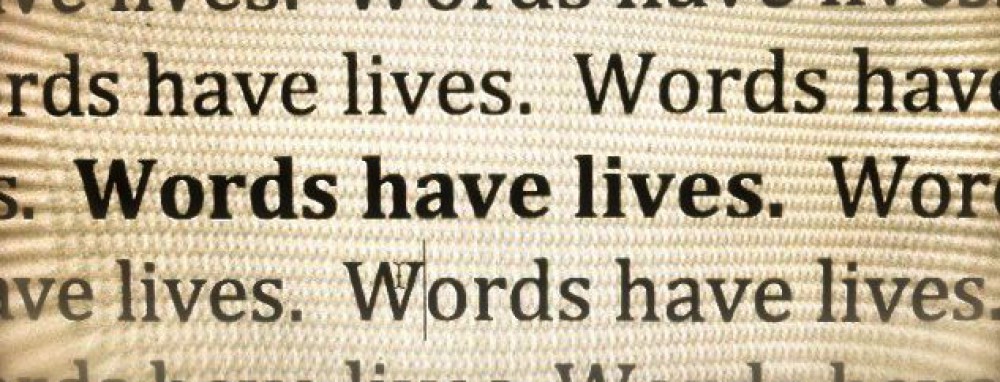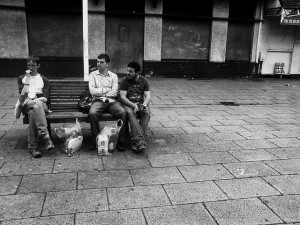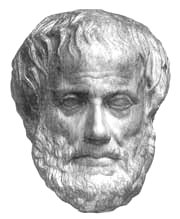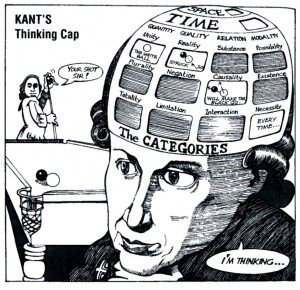Homophones are words that sound alike, or the same, but are spelled differently and have different meanings. It’s important to know how to spell these words because, when they are misspelled the meaning of the sentence changes.
There are quite a few homophones like: weather and whether, accept and except, or close and clothes. This post will focus on the homophones: There, Their, and They’re. These words sound almost identical even though they mean very different things.
There = in, at, or to that place or position. He is sitting on the bench over there. What are you doing under there? How are we going to get there?
Their = indicates possession or belonging. The shopping bags on the ground are theirs. Their heads were blocking our view. They forgot their luggage.
They’re= is a combination of the words they and are. To combine those words, remove the a and leave an apostrophe in its place like this: they’re. They’re going to a party later. They’re probably going to stay out late. I don’t know how they’re going to get home.
Here are a few of sentences that use all three homophones: I wonder why they’re sitting over there with their shopping bags. They’re going to use their GPS to get there. They’re not allowed to bring their pets over there.
Click the following link for a list of homophones that are commonly confused with one another. https://owl.english.purdue.edu/engagement/2/1/48/
Watch the following video for a tutorial on the homophones: There, Their, and They’re. For an extra challenge, watch this video several times and see if you can find a missing apostrophe that is not related to those homophones.








